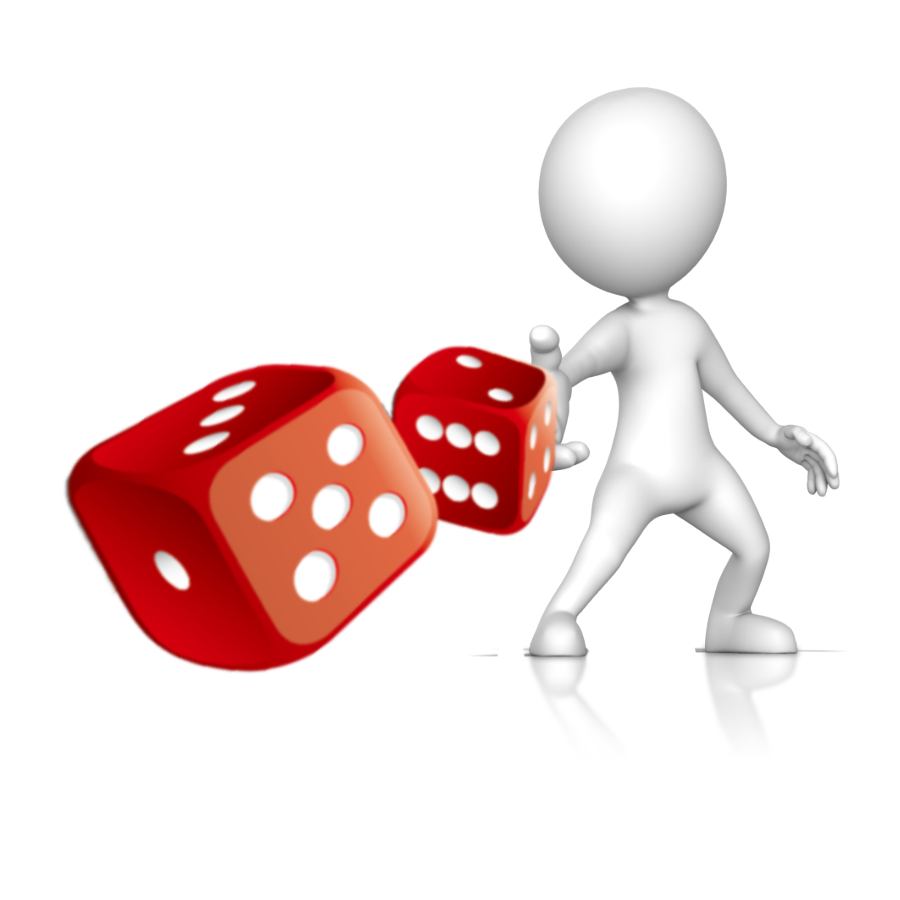Royal Flush or Royal Flushed?

From our earliest days, we've been taught that gambling is a risky venture, often resulting in losses. Despite this knowledge, many individuals consistently engage in various forms of gambling, enticed by the allure of winning big, particularly the coveted "jackpot." This allure, rooted in the potential for ultimate rewards, often leads to addiction. The concept of "odds" is well-known in gambling — a numerical representation that accurately quantifies the likelihood of different outcomes, such as losing, breaking even, winning moderately, or hitting the jackpot. For instance, the odds of winning the Powerball lottery jackpot stand at an astounding 1 in 292,201,338.
Gamblers sometimes ride cyclical waves of luck, experiencing multiple consecutive wins, only for the odds to eventually shift against them. However, the allure of continued success often tempts them to keep playing, even when odds indicate a downturn. The famous words of Kenny Rogers' song "The Gambler" capture this sentiment well: "Knowing when to hold, when to fold, when to walk away..." is crucial in this dynamic pursuit.
Interestingly, the parallel between gambling and real estate is palpable. Real estate, too, experiences cyclical patterns driven by economic fluctuations and buyer sentiments. Just like gambling, real estate markets fluctuate between rising values (a "seller's market"), steady values (a "flat market"), and declining values (a "buyer's market"). These shifts are influenced by the economy and buyers' mood swings.
Reflecting on my 22-year real estate career, I've seen the parallels between these two realms. Starting in the bustling market of 2000-2005, we advised sellers to seize the opportunity, but some chose to wait, hoping for a more favorable turn. The subsequent crash of the market (2006-2011) brought unprecedented challenges. Then, around 2012 up to March 2020, a steady rising market emerged as non-investor buyers began to actively participate, eventually leading to current prices surpassing those of 2006.
Subsequently, an unfortunate and catastrophic event gripped the world—the COVID-19 Pandemic. In the wake of this global crisis, the world abruptly came to a halt. In the United States, initial fears pervaded that the real estate industry would face another devastating crash. However, in an unexpected turn of events, just four months later, buyers resurfaced in the real estate market with an unprecedented fervor. Bidding wars ensued, driving prices significantly above the listed values, as if each property was the last refuge on Earth. Concurrently, the Pandemic led to a near doubling of the global cost of living.
Fast forward to August 2023, and the real estate landscape is once again evolving. Signs of a market slowdown are apparent, evident in the dwindling sales volume reports. While we, as real estate agents, have consistently advised sellers to capitalize on the current market and sell for optimal equity, some still choose to gamble on the prospect of waiting, banking on the belief that this is a transient hiccup and the market will resume its ascent shortly. Conversely, buyers are displaying signs of reticence, appearing less eager to commit to purchases. When they do engage, their offers often significantly undercut the asking price, as they seek to strike a compromise that benefits both parties.
As the market enters a phase of flattening, a decision must be made – will you continue to roll the dice? Just as in gambling, informed decisions rooted in market knowledge and trends are key to navigating the cyclical nature of real estate.



